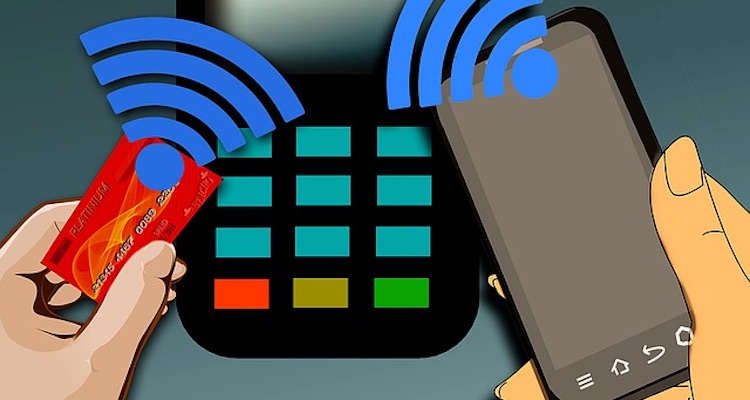Payments
Why US banks are missing the contactless wave
- Contactless cards, which have taken off in the U.K., Canada, and Australia, have been slow to catch on in the U.S.
- Digital wallets such as Apple Pay may be a means for U.S. banks to roll out their contactless payment strategies, analysts say.





